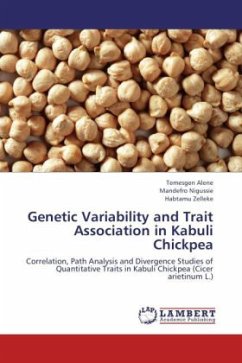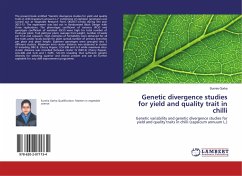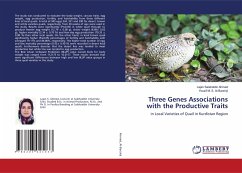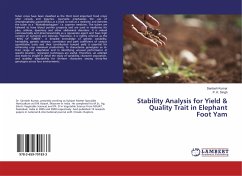The objectives of the study were to estimate the genetic variability, associations among characters, and to estimate genetic divergence. Seed yield had positive and significant correlation with number of pod per plant, biomass yield and number of seed per pod. Path analysis showed biomass yield and number of pods per plant could be used as an indirect selection criteria. Based on cluster analysis the Kabuli chickpea genotypes were grouped into eight clusters. The present study generally implied the presence of significant genetic variability among the tested genotypes. Thus, there is an excellent opportunity to bring about improvement through direct selection and hybridization which involves crossing of genotypes from different clusters.







